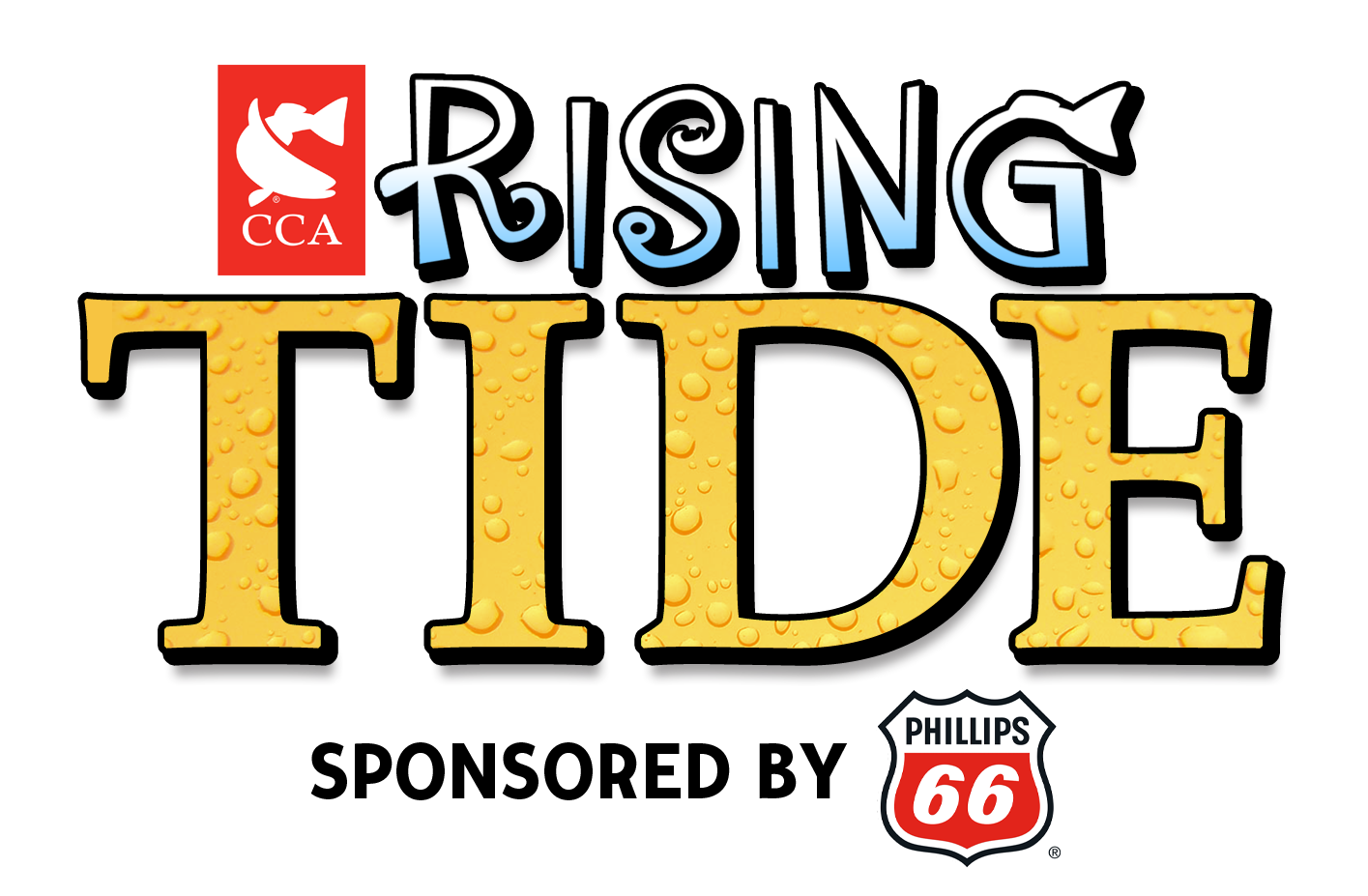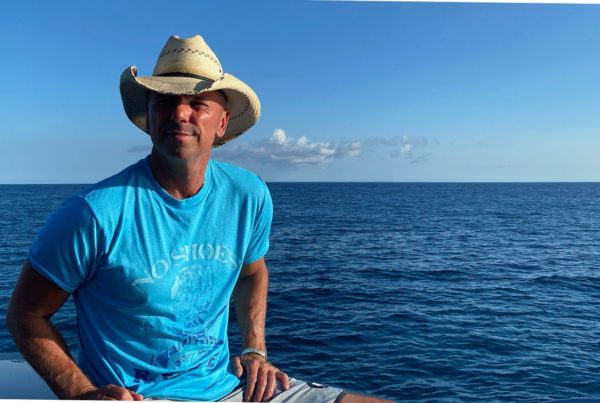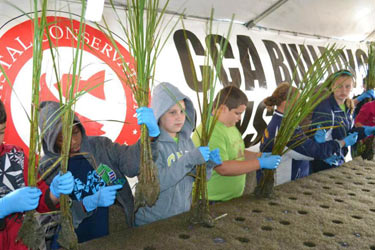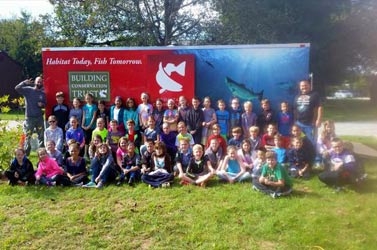In 2014, science teachers Greg Gardiner and Dave Grace transformed an old auto shop at Edison High School (Huntington Beach, California) into a marine science lab. This transformation made it possible for Hubbs-Sea World Research Institute to deliver 50 juvenile white seabass to the school for a unique saltwater program called Seabass in the Classroom.
Edison High School is one of 11 in Southern California equipped with this program. Seabass in the Classroom raises three-inch juvenile white seabass for a few months then releases them into the ocean. This successful project, which utilizes 12 grow-out pens, has released over 2.3 million tagged fish since 1986. CCA CAL is proud to be a partner in this successful program which is a part of the Ocean Resources Hatchery Enhancement Project (ORHEP) in California.
At Edison High School’s white seabass program, it’s up to students like CCA CAL Youth Member Donnie Skolnick to take care of the growing fish.
Every day, students fed the fish, checked the water quality, graphed the growth rates of the fish and measured their food consumption.
The students also participated in hands-on laboratory activities. After dissecting a fish not slated for ocean release, the students learned how to monitor nitrogen levels in the tank. The dissection also taught them about lifecycle, reproductive rates, and anatomy.
A month before release, the students tagged the white seabass. This process involved anesthetizing them (putting them to sleep), then inserting a small needle in the cheek muscle to deposit a small tag.
By the time the sea bass were released into Huntington Harbour, the fish weighed about 7 ounces each.
“The fun and rewarding part of all those months of raising our fish is the feeling you experience while watching those young white seabass swim into the Pacific Ocean,” said Donnie Skolnick, CCA California Youth Member.
White seabass raised in the classroom through Seabass in the Classroom contribute to a much larger effort by Hubbs-SeaWorld, which has replenished over two million of the fish into the ocean since the start of their efforts in the late 1980s.




